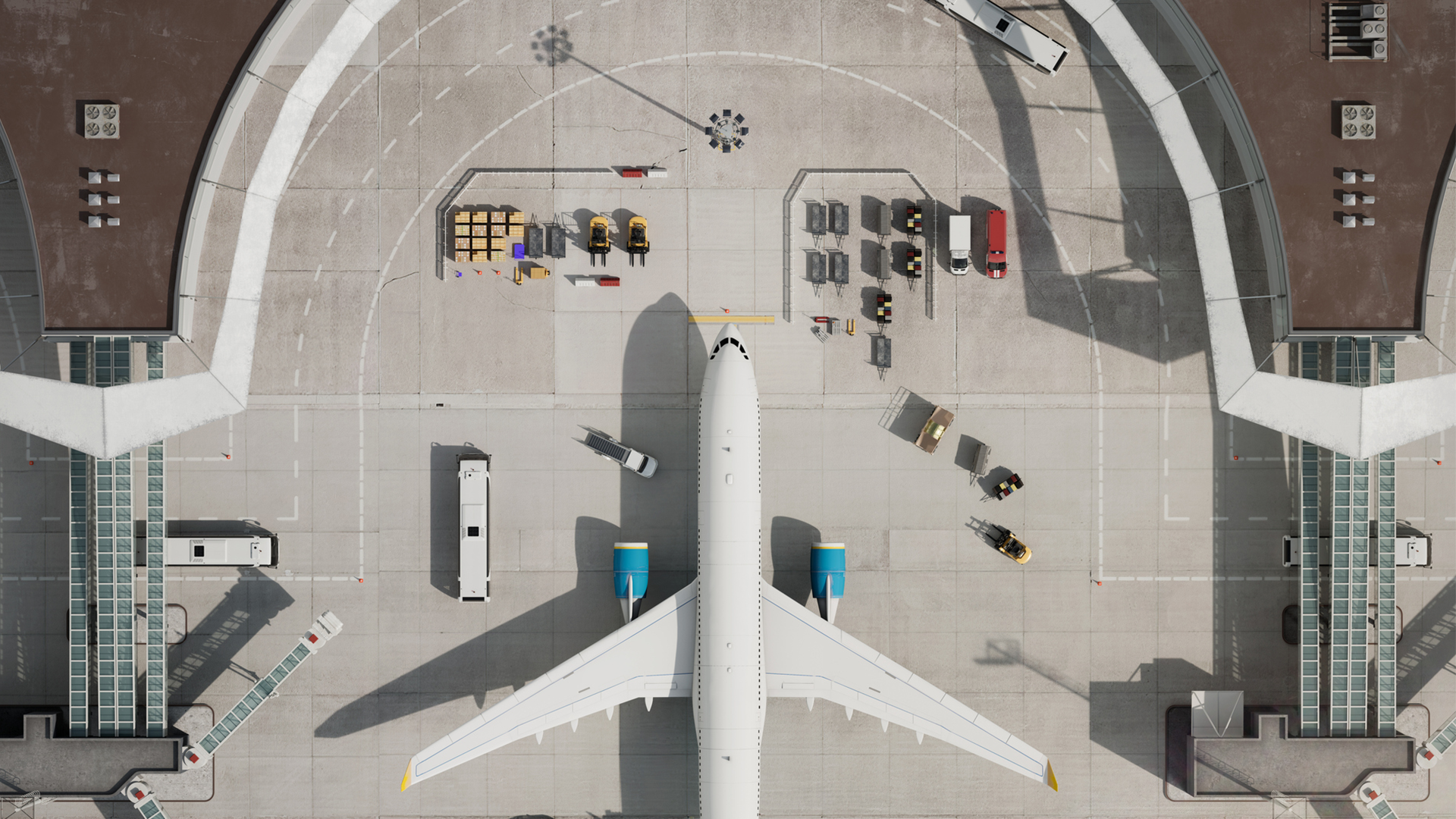
Most larger or more complex aircraft have components with mandated retirement or overhaul limits set by the Australian Civil Aviation Safety Authority (CASA) or the manufacturer.
These Life Limited Parts (LLPs) must be overhauled or retired after a specified number of flight hours, landings, months, or a combination of these.
If an LLP is damaged due to a valid claim and requires replacement or overhaul, policies following the standard AVN1C aviation wording typically apply a pro rata adjustment to the overhaul or replacement cost.
For example, if a propeller contacts the ground in an accident, it may require repair and overhaul.
Suppose the propeller has a required overhaul interval of 3,000 hours and has already accumulated 2,400 hours before the incident — 80% of its life had been used.
If the overhaul cost is $15,000, insurers would typically cover 20% ($3,000), while the insured would pay the remaining 80%, as that portion of the propeller’s life has already been utilised.
However, many policies now include a “Deletion of Pro Rata” clause, meaning insurers do not apply pro rata deductions to overhaul or replacement costs.
For complex aircraft, particularly helicopters, endorsements may exclude certain components from this clause.
In some cases, insurers absorb a percentage of the pro rata adjustment or a fixed amount within the claim settlement. This deletion may be offered as an added benefit or an incentive to retain business.
With rising replacement costs, absorbing the pro rata adjustment on LLPs can add thousands of dollars to insurers' claims costs, influencing policy structures and pricing.


Comments
Remove Comment
Are you sure you want to delete your comment?
This cannot be undone.